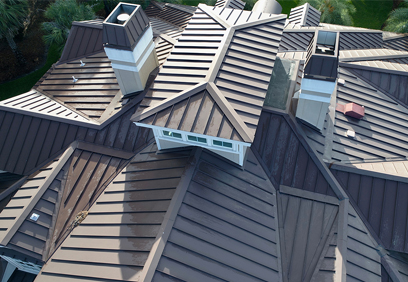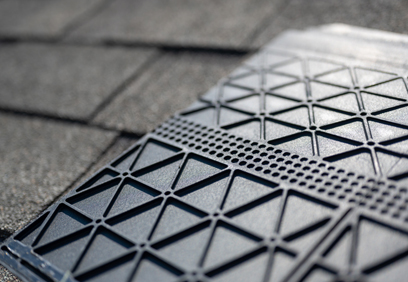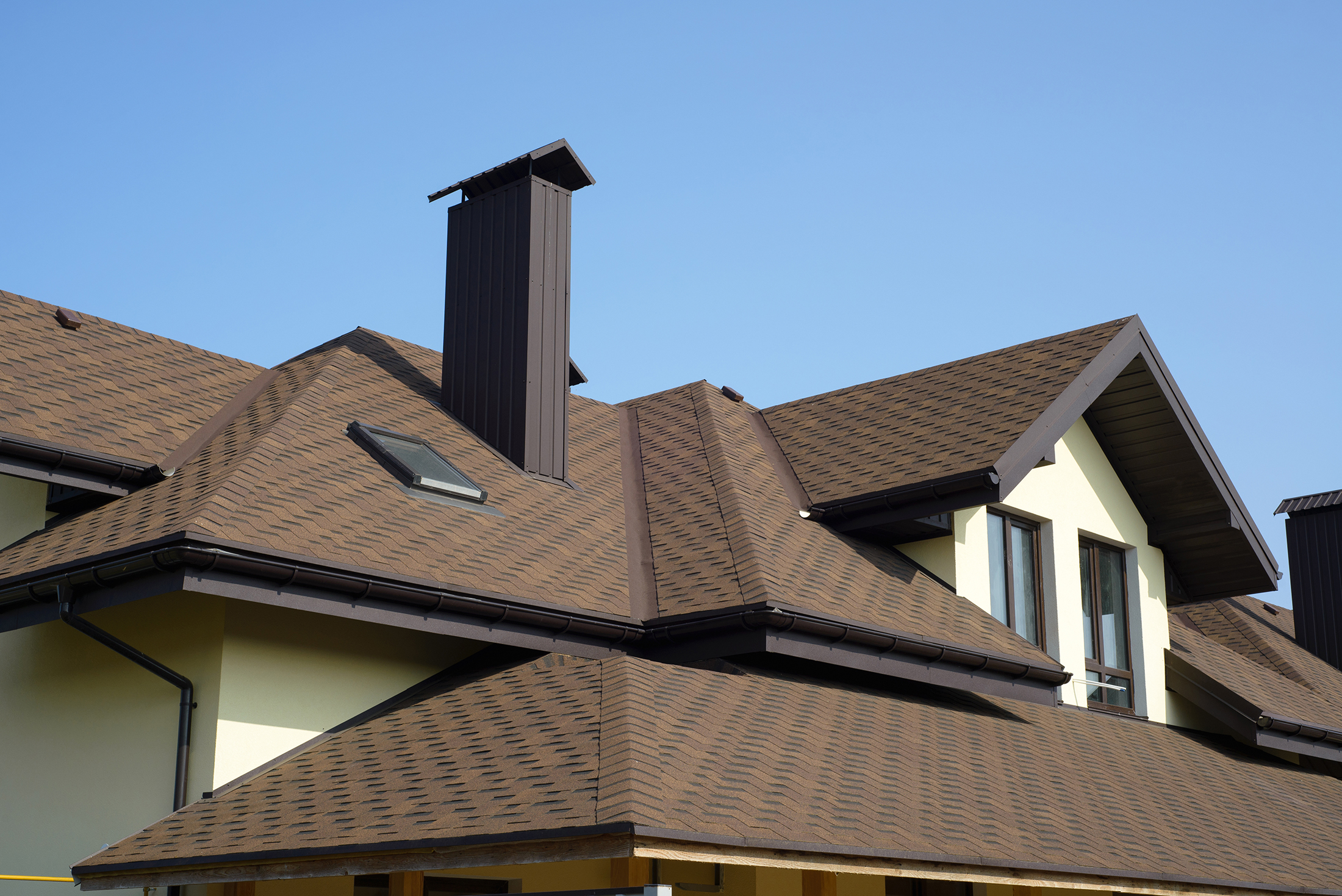Flat Roof Services
- Home
- Flat Roof Construction & Repair
Tampa Bay Flat Roof Services
As residents of Tampa Bay, Florida, we’re all too familiar with the region’s characteristic warm, humid climate and its capacity to significantly influence our choices in home design. Among the many factors to consider when constructing a home or commercial building, roofing plays a critical role. For several reasons, some owners opt for flat roofs over more common pitched ones. Let’s delve into the complexities, costs, and methods of constructing and maintaining a flat roof in our unique coastal environment.

Understanding Flat Roof Construction
Flat roofs, as the name suggests, appear to be level, but in reality, they have a slight pitch or slope—usually of about 10 degrees—to allow water to drain. They are predominantly found in commercial buildings but are increasingly becoming popular in residential structures due to their modern aesthetic appeal and functionality.
The construction of a flat roof generally involves the application of several layers, including a vapor barrier, insulation, a cover board, a roofing membrane, and a final layer of gravel or similar protective material. The materials used in flat roof construction vary from traditional tar and gravel to more modern solutions like PVC, EPDM (rubber), or TPO roofing.
Flat Roof Construction: Costs and Challenges
In terms of costs, flat roofs tend to be more economical up front compared to their pitched counterparts. As of 2023, homeowners and business owners in Tampa Bay can expect to pay anywhere from $8,000 to $16,000 for a new flat roof installation, depending on the roof size, material chosen, and labor costs.
However, it’s important to note that flat roofs may present certain challenges that could potentially drive up long-term costs. Unlike pitched roofs, flat roofs bear the brunt of weather elements, especially during Florida’s hurricane season. They are more prone to water ponding and leaks if not adequately sloped or drained, leading to potential damage to the insulation and the building structure over time. Maintenance costs can therefore be higher, and flat roofs generally have a shorter lifespan, averaging 10 to 20 years depending on the material used.
The Re-roofing Process
Given these factors, it’s crucial to understand the re-roofing process, especially when it’s time for a flat roof upgrade or replacement. The first step is a comprehensive inspection by a professional roofing contractor. They will assess the current state of the roof, identifying any areas of damage or potential concern, like blistering, ponding, or leak points.
If the damage is extensive, a complete tear-off and replacement might be necessary. This involves removing all existing roofing layers and starting anew, which ensures any hidden damage is addressed, but is also the costliest option.
In some cases, a roof overlay, where new roofing material is installed over the existing layers, might be feasible. This is less expensive but could lead to increased future maintenance costs if underlying issues are not properly addressed.
Finally, there is the option of roof coating or restoration. This involves the application of a liquid roof membrane that can seal leaks and extend the roof’s lifespan. It’s a cost-effective solution for roofs that are structurally sound but need a boost in waterproofing and durability.
Making Informed Decisions
In conclusion, flat roof construction presents a viable, economical option for many building owners in Tampa Bay, especially those seeking a modern, sleek aesthetic or additional outdoor living space. However, it’s critical to account for the unique challenges associated with this choice, particularly in terms of ongoing maintenance and potential re-roofing costs.
The best course of action? Consult with Brandon Roofing – your local roofing contractor who understands the climate and building regulations of the Tampa Bay area. We can provide a detailed analysis of your specific roof and the best course of action.
Some Related services
Discover Other Services

Metal roofs are becoming increasingly popular in Tampa Bay due to their durability and energy efficiency. They can last up to 50 years and are a great choice for homeowners who want a long-lasting…

Composite roofs, also referred to as “synthetic roofing” are a type of roof made of recycled materials. To make these roofs more appealing, manufacturers make them look exactly like traditional roofing finishes. You can…

Asphalt shingles are a popular roofing material used for residential and commercial buildings. They are known for their durability, versatility, and affordability. The use of asphalt as a roofing material dates back to the late 1800s
Contact Info
Quick Links
- ©2023
- Brandon Roofing LLC
- |
- All Rights Reserved
